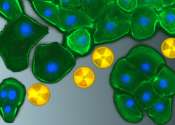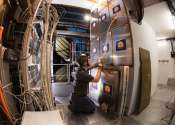A closer look at cell toxins: Researchers examine how radionuclides interact with kidney cells
When radionuclides enter our organism, whether by inhalation, ingestion, or through wounds, they pose a potential health risk. Many previous studies on radionuclide exposure have focused mainly on animal experiments. However, ...









